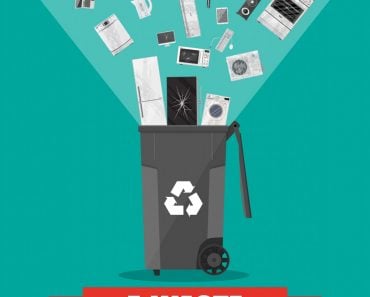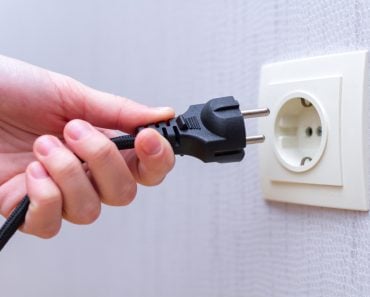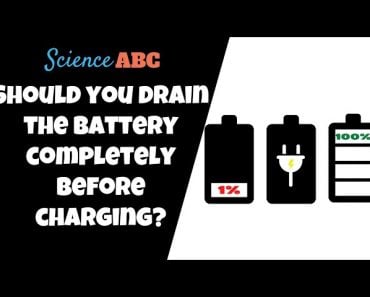Table of Contents (click to expand)
Planned Obsolescence is the deliberate designing and manufacturing of products for a fixed life span to keep people continuously buying and ensuring regular revenue for the company.
We are currently experiencing an overabundance of consumer goods. Every day, it feels like some new product is being released, but these releases are usually just a slight upgrade to the line of products that came before them.
The interests of the companies that make them rest on people returning to buy these products year after year, ensuring their financial viability and covering the cost of research and development.
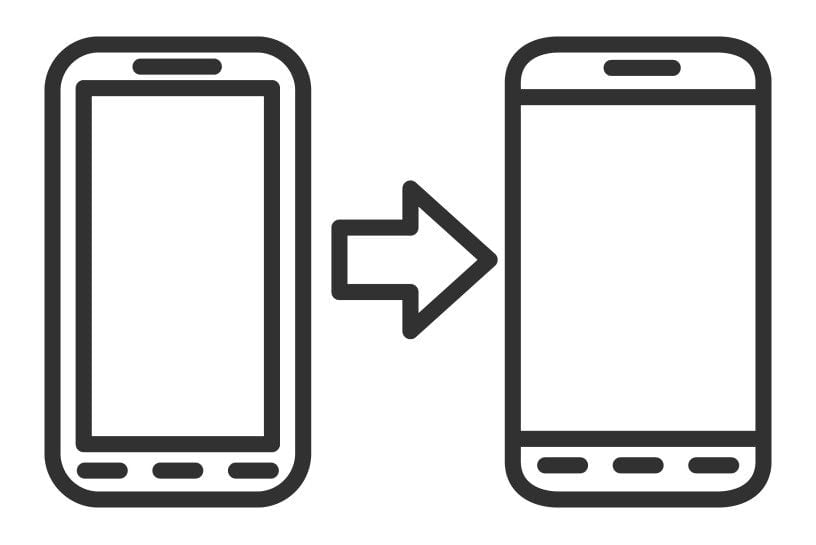
As logic would dictate, people only return to buy a better iteration of the same product if the one they are using breaks down or is incompatible with new upgrades the company has made. The idea of deliberately designing products for a fixed life span so people keep upgrading is called planned obsolescence and is ingrained in every popular product we use today.
Let’s see where this all began…
Recommended Video for you:
Planned Obsolescence History
The early 20th century saw a boom in the automotive industry as Ford, General Motors and Chrysler emerged as the front runners by the 1920s. The mass production of cars enabled economies of scale in the industry, leading the majority of the population to own a personal car.
This momentum slowed by 1924 and the American national automobile market began to see saturation in demand. The unit sales needed to improve, so General Motors proposed a model in which it would develop a new car model every year, making people feel that they had to keep updating.
This strategy proved very effective, as GM surpassed Ford’s sales by 1931, showing the potency of planned obsolescence, which was eagerly adopted by the field of product design.
As years passed, companies evolved different strategies to enforce planned obsolescence, the impacts and use of which are seen today and definitely here to stay.
Here are the most common types of planned obsolescence in our culture today.
Types Of Planned Obsolescence
Contrived Durability
Things are always moving towards decay, so no product can be designed that holds its full function forever; it is only a matter of time before it breaks down. However, some products are deliberately designed in a way that shortens their life spans. These decisions are taken before manufacturing, during the design stages, which guides the specification of every component of that product.

Artificially shortening a product’s life span is a strategy called contrived durability. This is done by decreasing the durability of a product by using cheap materials in crucial areas, designing suboptimal component layouts, and using plastic or soft metal at key junctions, which increases the speed at which the product wears down. These are usually seen in toys, as just a little rough play can destroy key components of a toy and render it useless.
Prevention Of Repairs
Many devices today come as single-use versions, even when they can be repaired and their life spans can be prolonged (e.g., disposable cameras). Such products are often impossible to service and are completely sealed during manufacturing. This is to ensure that the device gets damaged when anyone attempts to repair it.
In some cases, when a certain part of the device breaks down, the manufacturers make the replacement parts either unavailable or irrationally expensive so that it makes no economic sense to get it repaired. This is seen in the inkjet printers made by Canon, where the print head eventually fails, but replacement of that part is very expensive.
Many phone manufacturers have come under scrutiny for not allowing users to repair their phones. Apple, for example, used pentalobe screws in their iPhone 6s, which cannot be easily removed with consumer tools. They are deliberately made to be difficult to dismantle so that a user would inadvertently damages the product, forcing them to buy a new one.
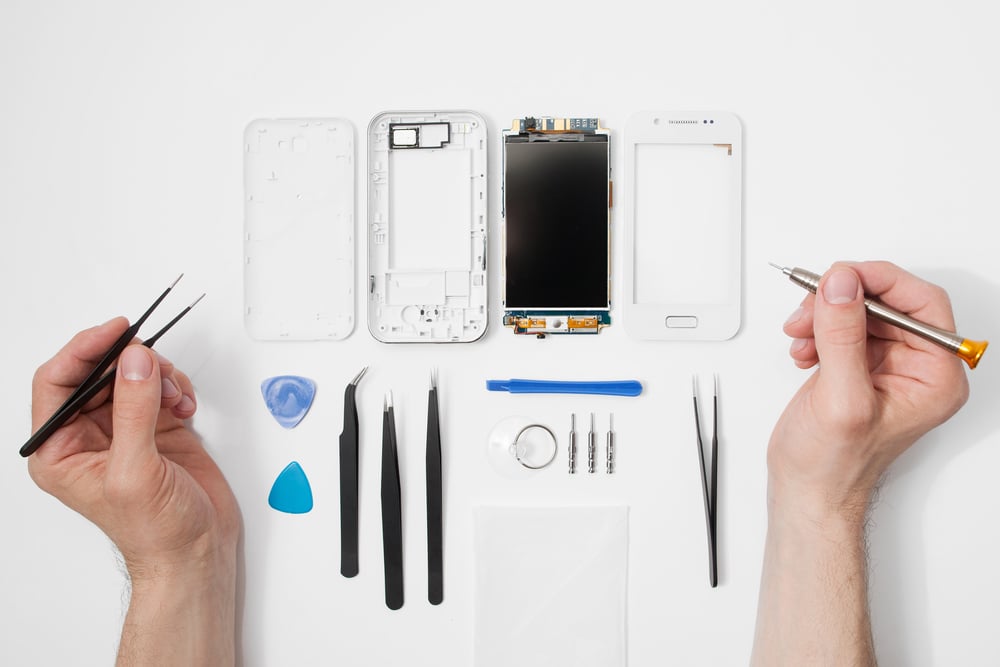
Perceived Obsolescence
Trends play a very important part in the sales of certain products and perceived obsolescence is when a thing goes out of fashion, even though it remains durable. Many products are mainly desired for their aesthetic value, instead of their functionality.
Clothes are a prime example of this, as fashion dictates what is “in” and trendy. Products like this go through a cycle of desirability commonly referred to as a “fashion cycle”. By constantly releasing new styles, manufacturers ride the trend and constantly maintain their sales.

This is also seen in electronic products to a certain extent; cutting-edge, newly released and slightly upgraded phones and other devices replace their still working and durable counterparts and establish themselves as new status symbols.
Systemic Obsolescence
Systemic obsolescence is when products are denied a place in the ecosystem of their company, such as not allowing older iPhone updates on the new iOS, forcing the user to buy the new model. This is also done by changing screws and fasteners so that it becomes difficult to operate with existing tools. This could be due to obsolescence or because the interface standards are updated to new ones, meaning that the previous versions are unable to support it. This is seen in computer peripherals equipped with PS 2 connectors that work fine, but are obsolete due to their incompatibility with modern computers.

This could also be the result of incompatible technology in the older computers, making them unable to run new interfaces and rendering them obsolete.
Programmed Obsolescence
In some cases, products are designed in such a way that they must be repurchased after they are used a certain number of times. For example, inkjet printers install smart chips that prevent the use of the printer after a certain number of pages and a set duration of time, even though the printer is still durable and technically functional.
The Complete Picture
Planned obsolescence is prevalent in every industry and these practices are rampant. This philosophy influences company decisions about product engineering and manufacturing. It enables them to use the least expensive component according to the projected life cycle of the product, although this also depends on the tier of the product and if they’re marketing it to be affordable.
Planned obsolescence helps earn companies regular revenue and boosts the sales of the entire industry, resulting in more consumer spending. Unfortunately, this model is unsustainable in society, as we keep replacing old products with new ones, rather than repairing them. This creates more waste and pollution, and uses up more natural resources. Most people have no idea how companies play with their instincts and coax them into buying things they don’t really need under the guise of the latest trend or some perceived status.

Regulations are being implemented to curb these strategies; the European Union passed legislation in 2015 that requires appliance manufacturers to declare the intended life span of their products and the duration before which the spare parts for the product will be needed. More stringent laws are required if we want to reduce the amount of waste we produce and be more sustainable in our mindset towards the environment.
References (click to expand)
- Iizuka, T. (2006). An Empirical Analysis of Planned Obsolescence. SSRN Electronic Journal. Elsevier BV.
- The Role of the Designer in a Planned Obsolescence Economy. Academia.edu
- Planned Obsolescence- The Ethical Aspect - Academia.edu. Academia.edu
- Grout, P. A., & Park, I.-U. (2003). Competitive Planned Obsolescence. SSRN Electronic Journal. Elsevier BV.


